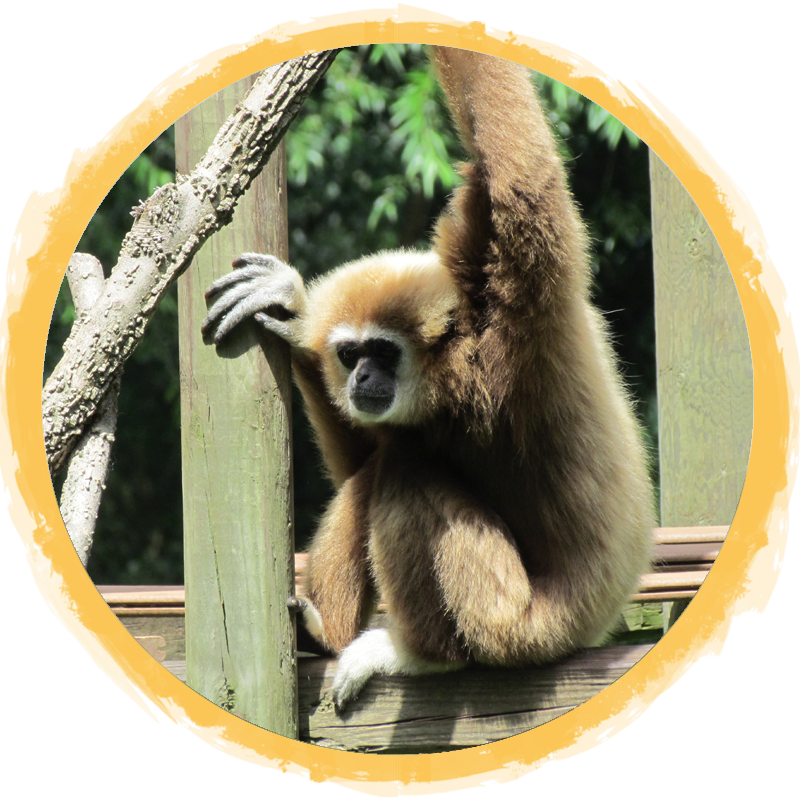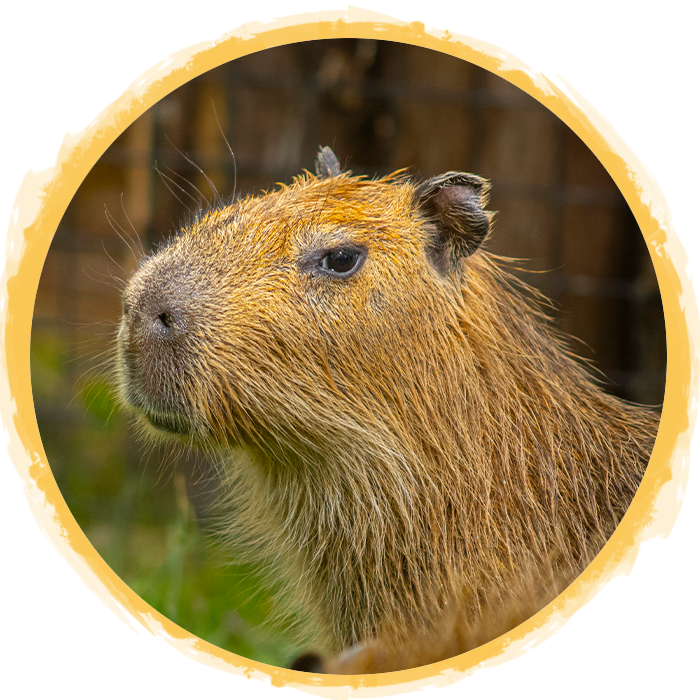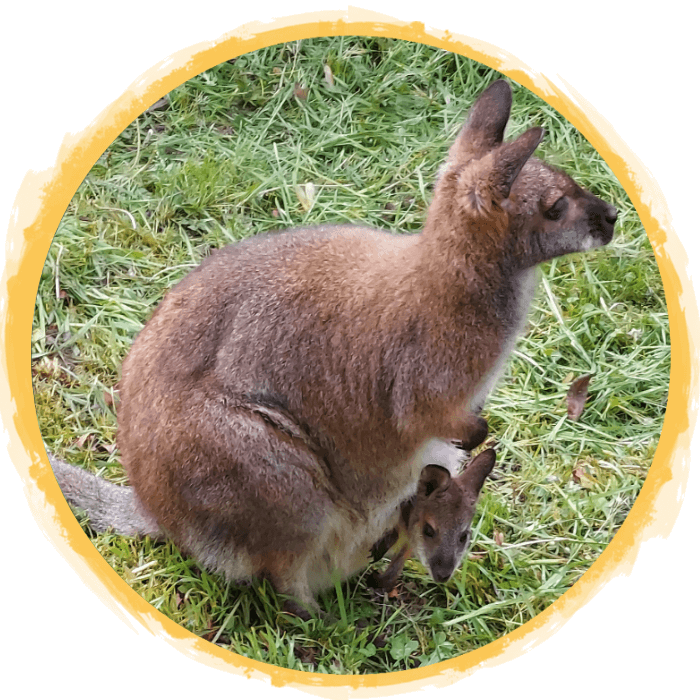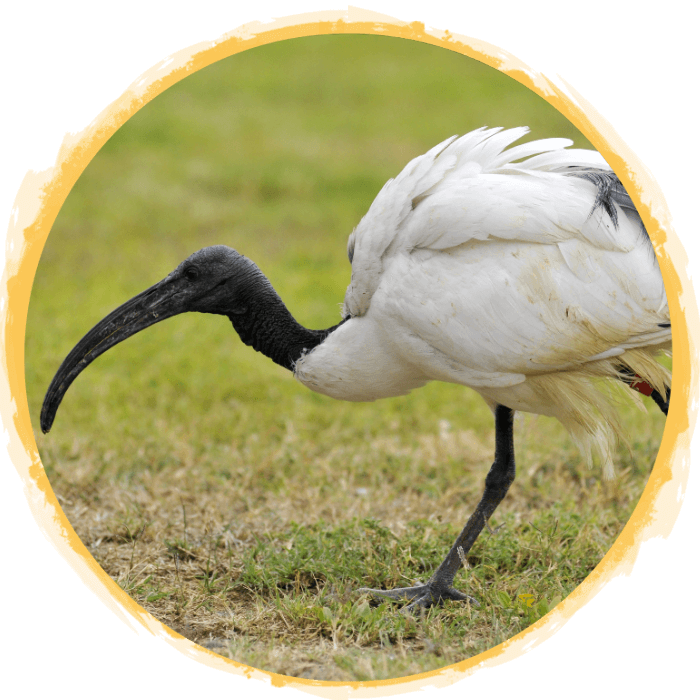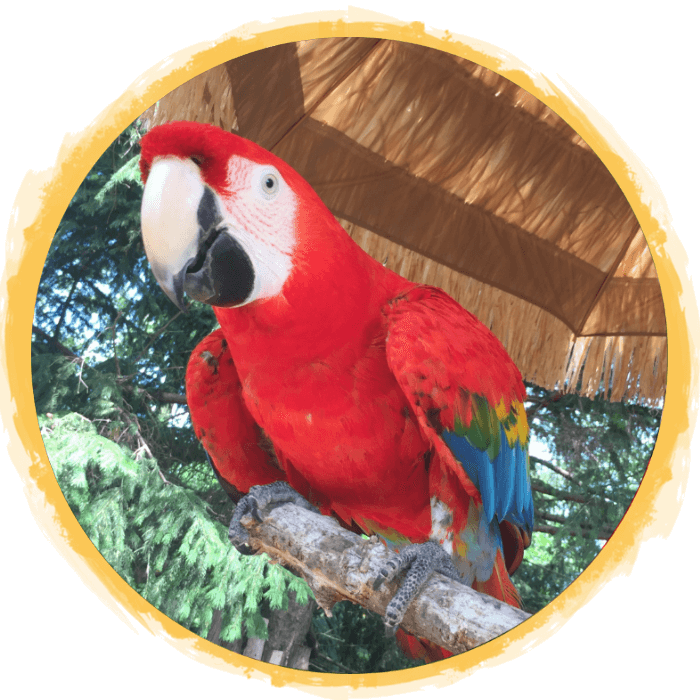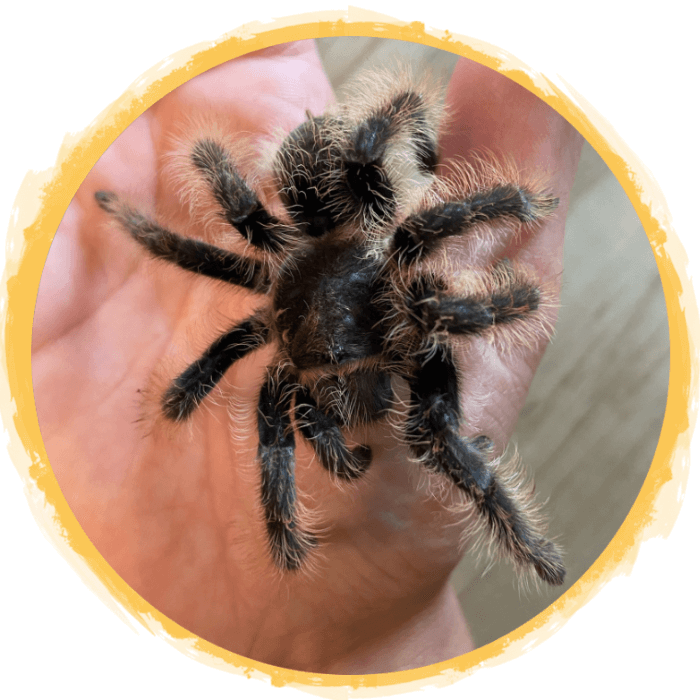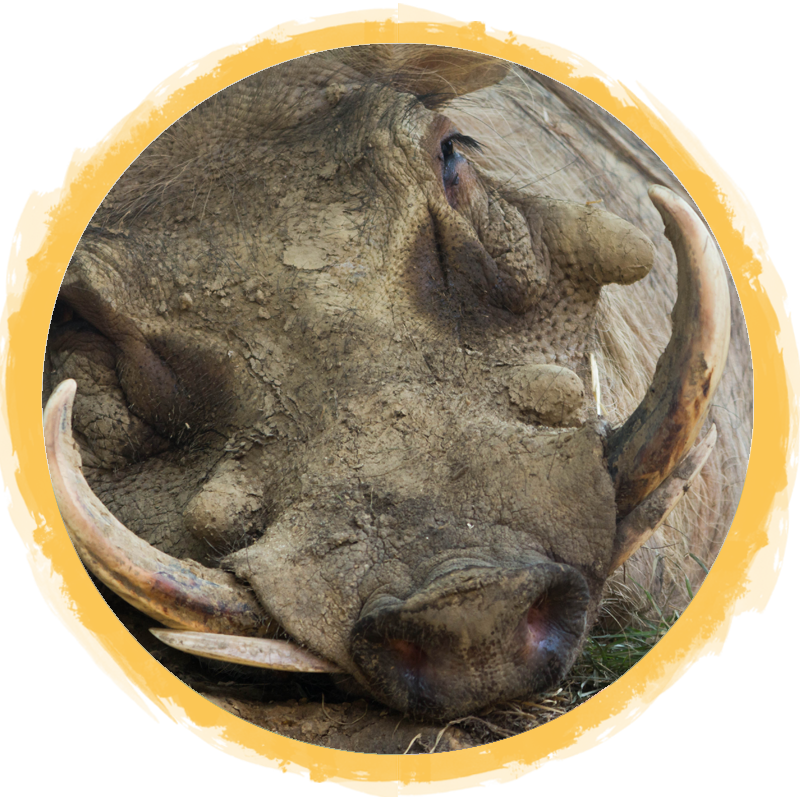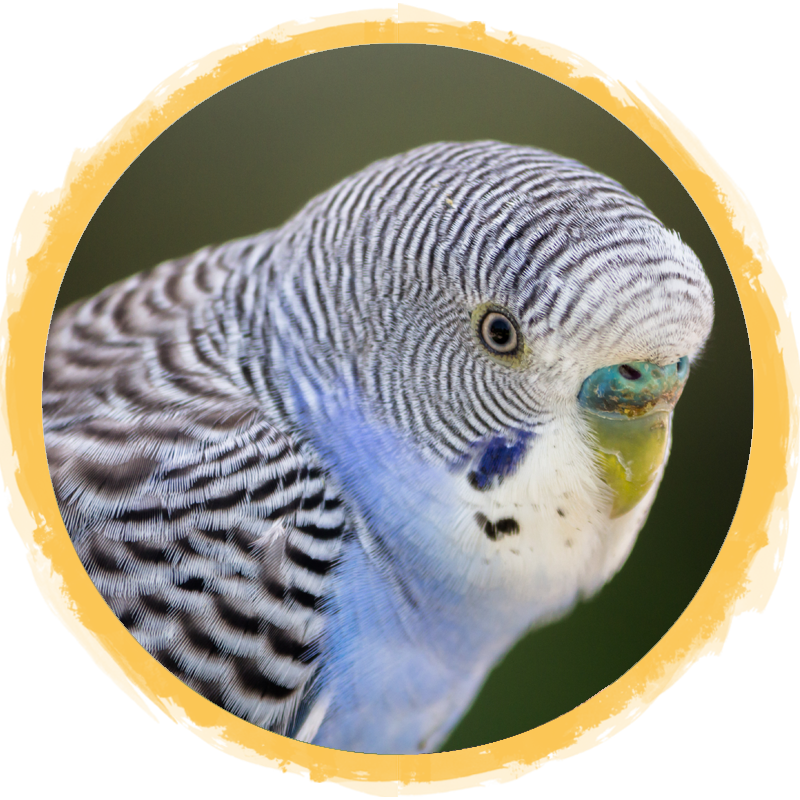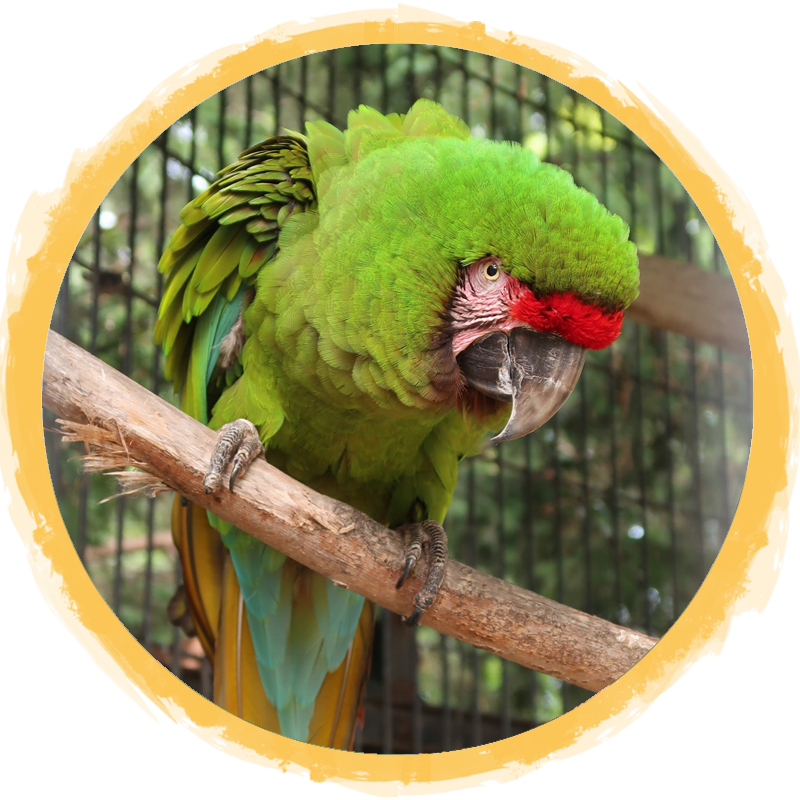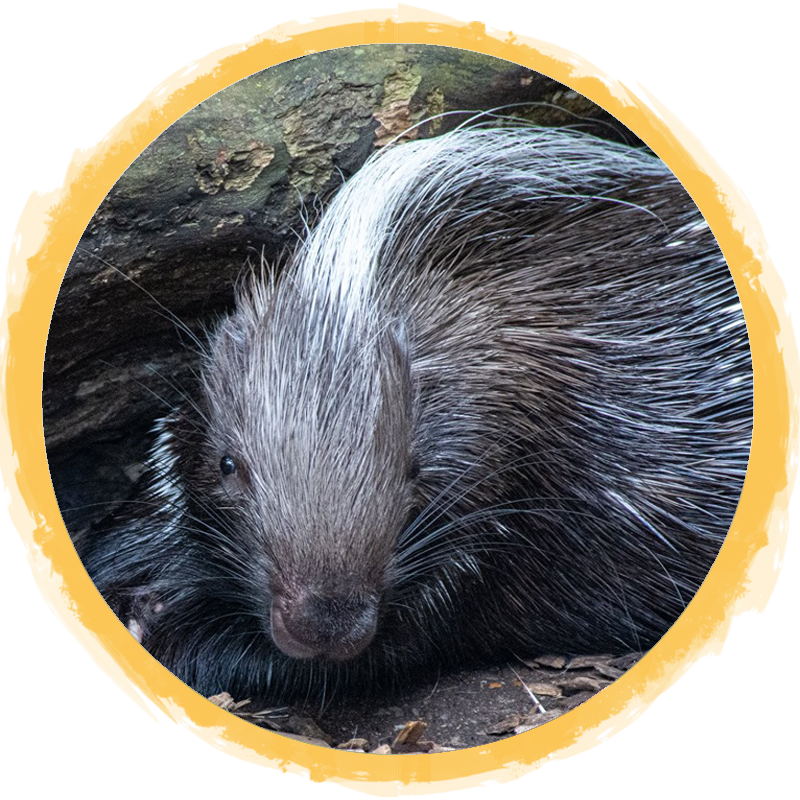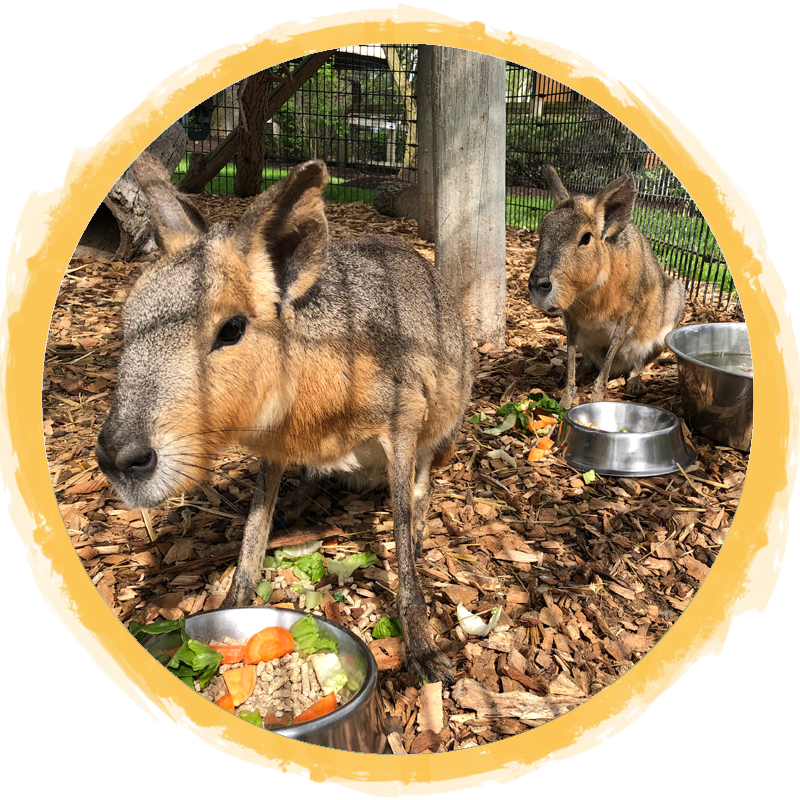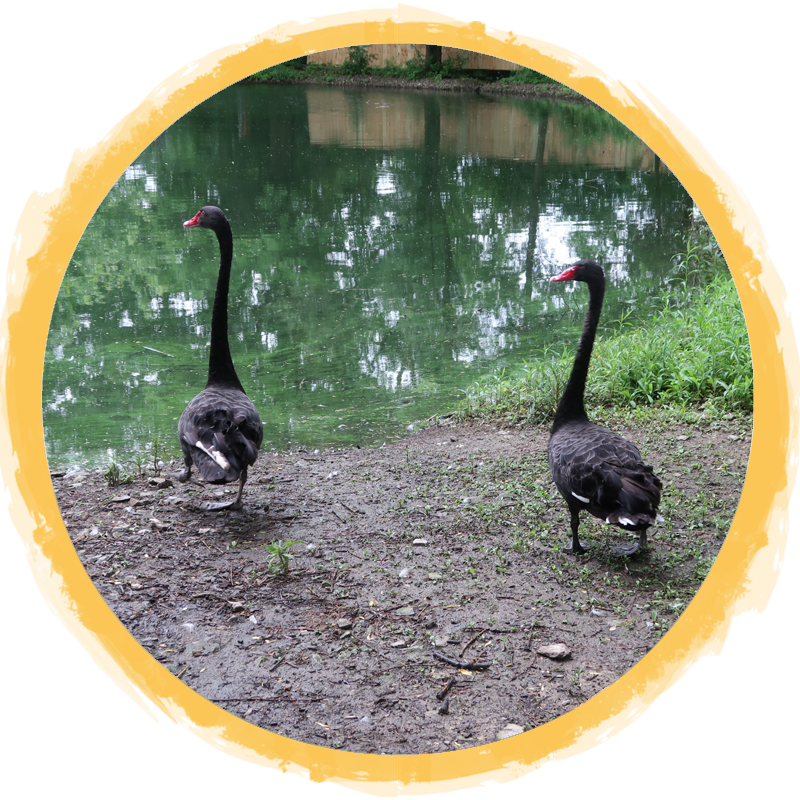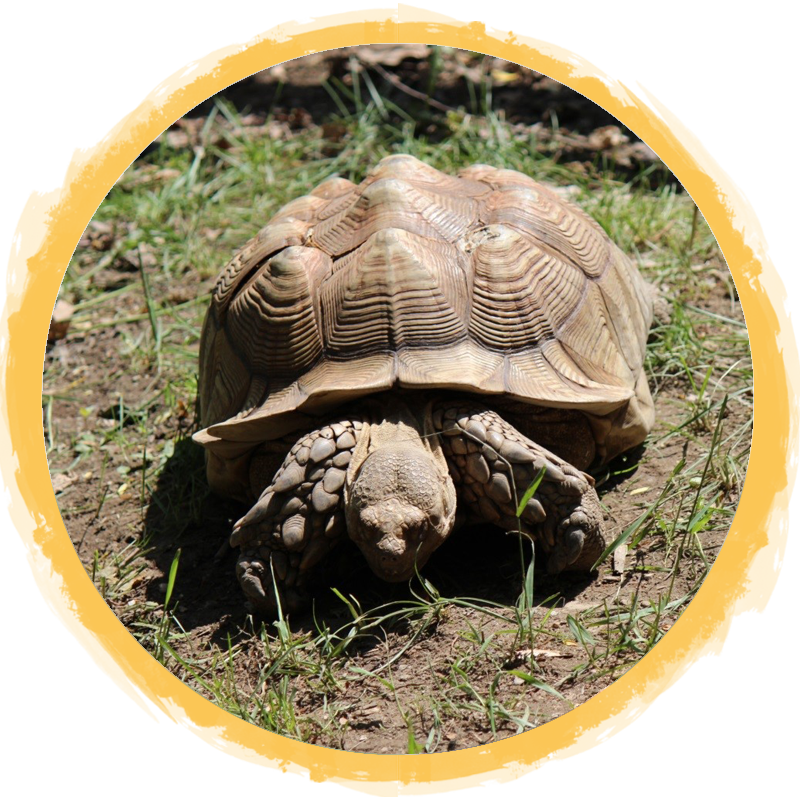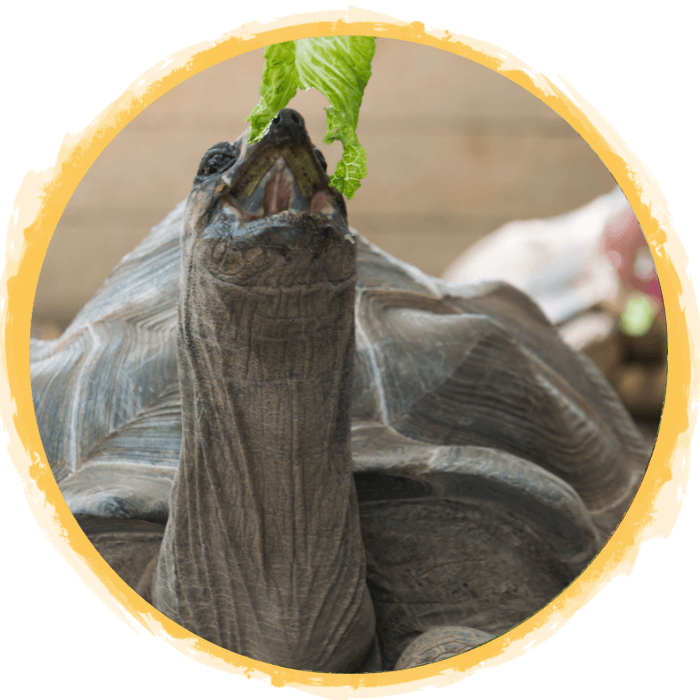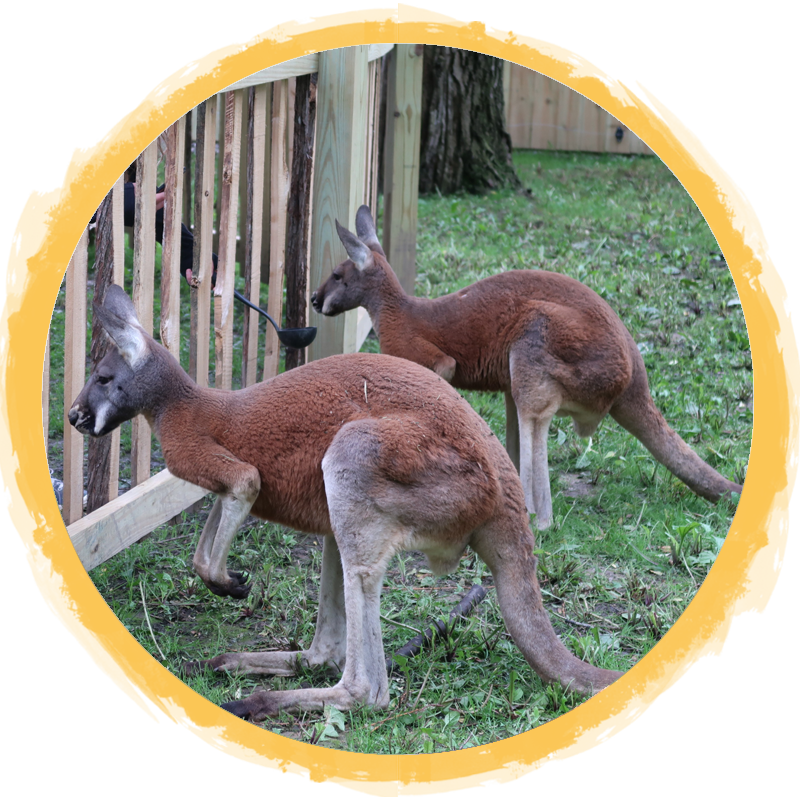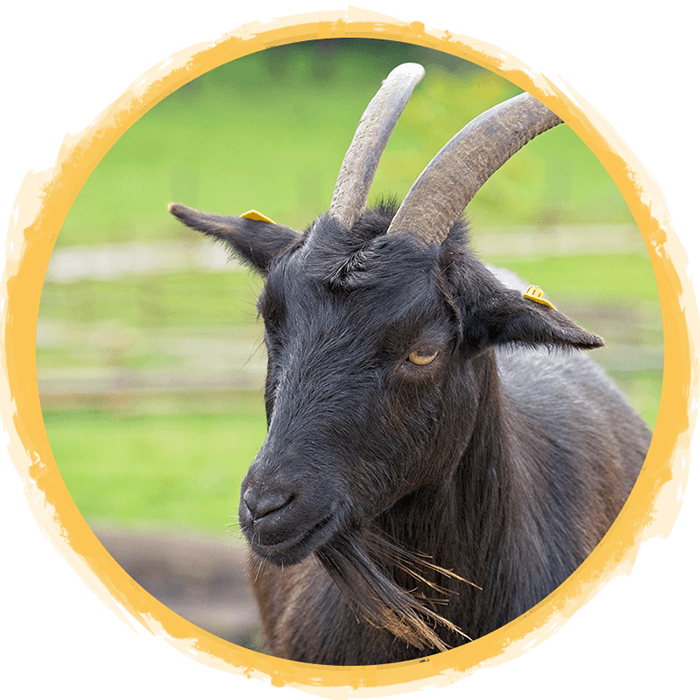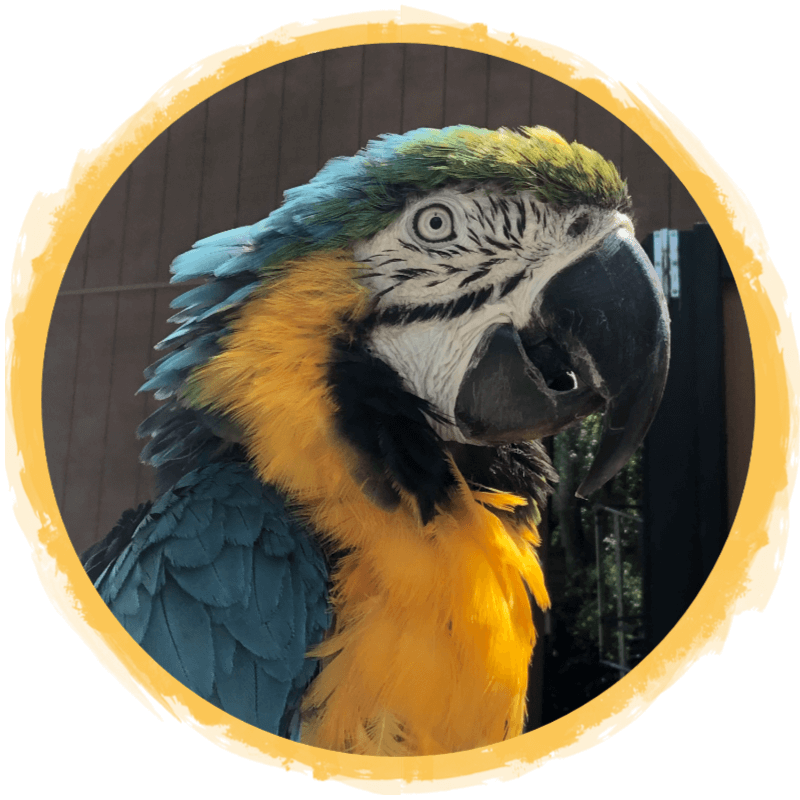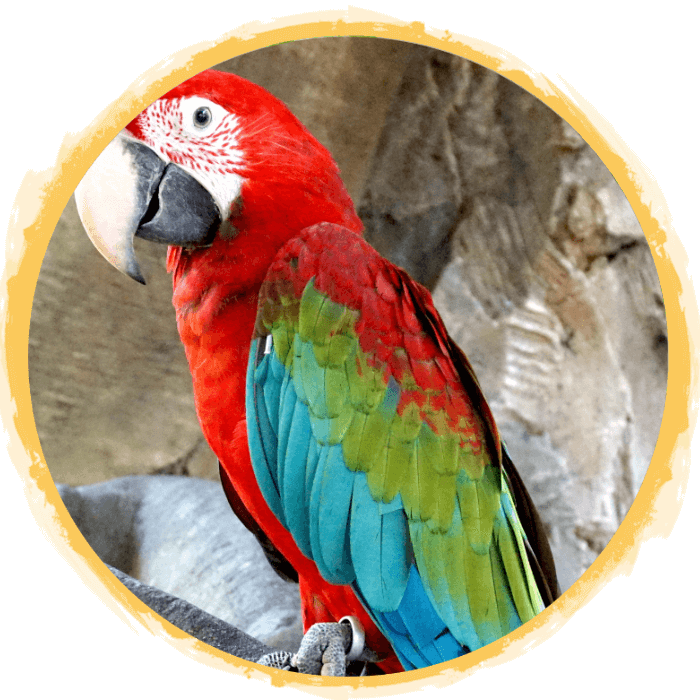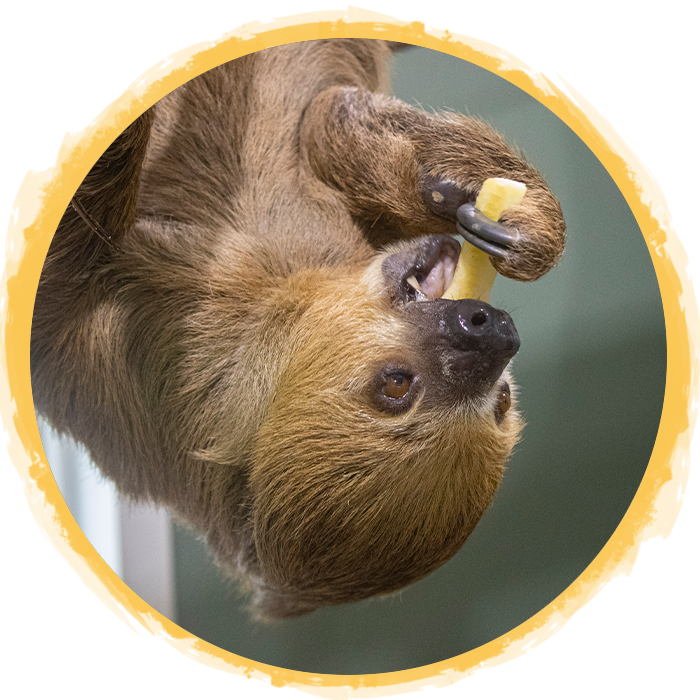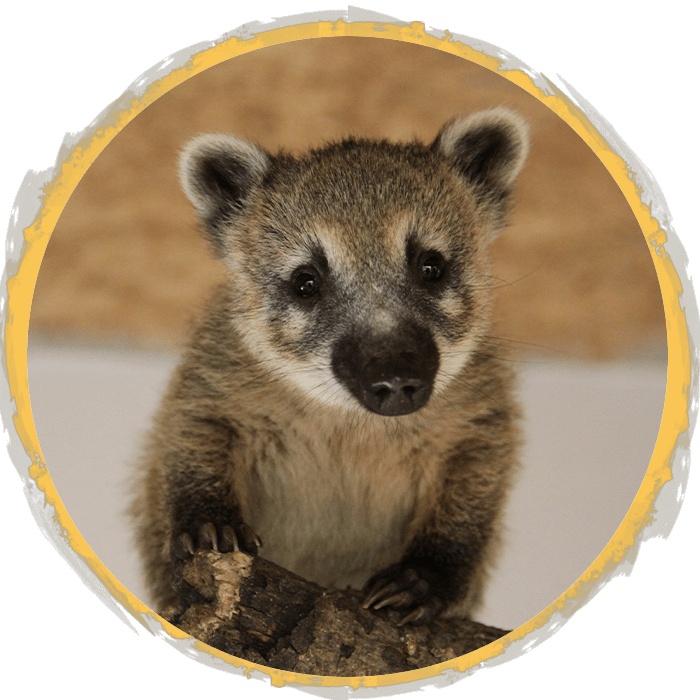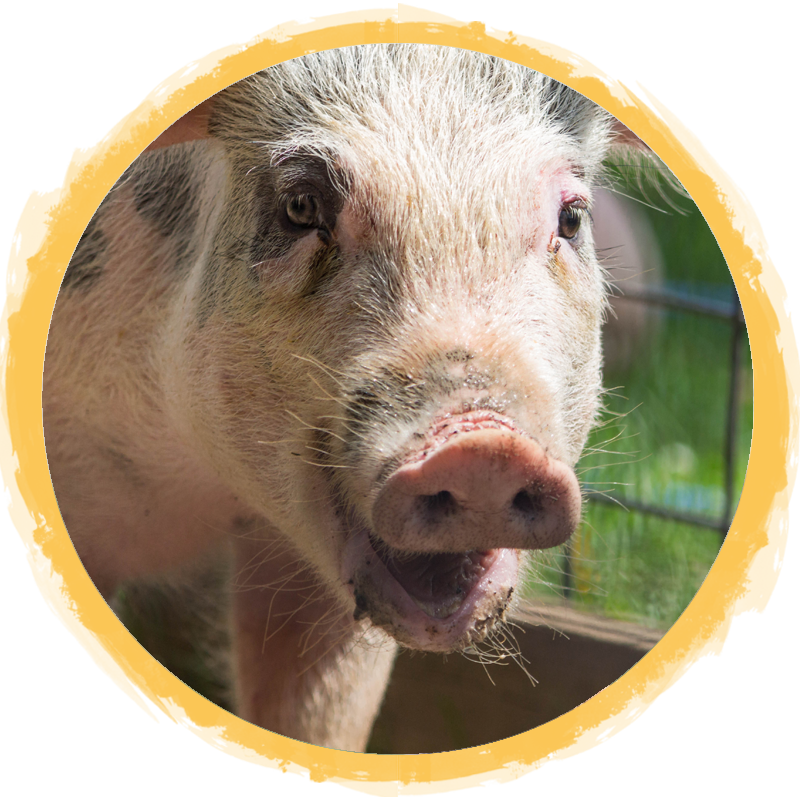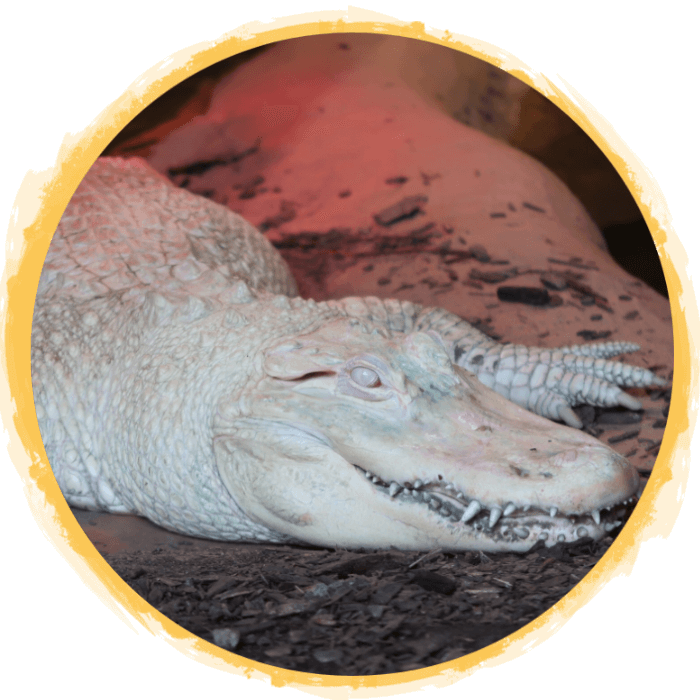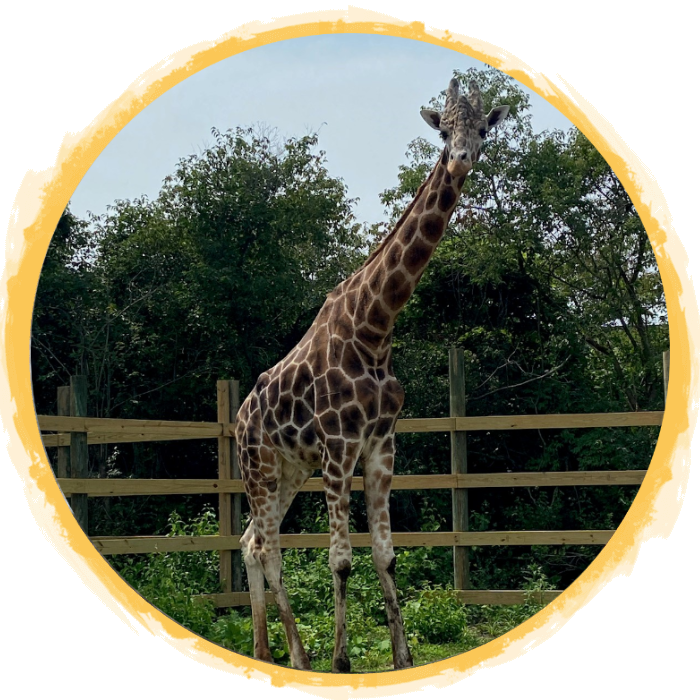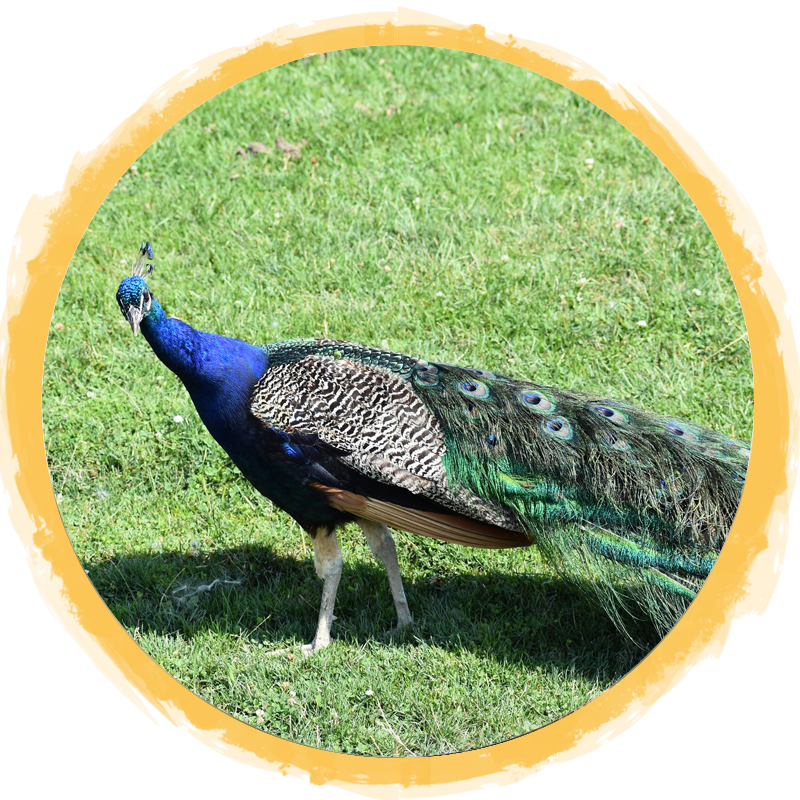(Oryx gazelle)
The Gemsbok is native to the arid regions in scrublands and brushlands in Southern and Eastern Africa, such as the Kalahari Desert.
Before giving birth, pregnant gemsbok isolate themselves from the herd. Once born, the babies are hidden, but within sight of the mother for up to six weeks. Males do not participate in parental care and breed with all receptive females in the herd. The average Gemsbok herd is 14 individuals but can range up to 50 and even 200 during migration. There is a distinct hierarchy in place and the male dominance is determined by aggressive jabs and “fencing”. They have excellent hearing and smell.
A lot of their water comes from wild melons and cucumbers. They are also active at dawn and dusk to collect condensation on the grasses.
You know I am a Gemsbok if I am light brownish-grey to tan in color, with a “blackish” stripe that extends from my chin down the lower edge of the neck, through the juncture of the shoulder and leg along the lower side of the rear leg. We have a horse-like posture, gallop, and have muscular necks and shoulders.
Both male and female Gemsbok have long, sharp, pointed horns which can extend up to 33″ in height!
The biggest threat to Gemsbok is livestock overgrazing, human encroachment, habitat destruction, and over hunting.
Meet African Safari Wildlife Park’s 11 year old Male Gemsbok: Gert!
Fast Facts
Country of Origin: Southern Africa
Weight: 210 - 525 lbs
Size: 3.7 - 4.7 feet
Lifespan: 18 - 20 years in the wild
Diet: Gemsbok are grazers and feed mainly on tough, dry grasses and foliage.

